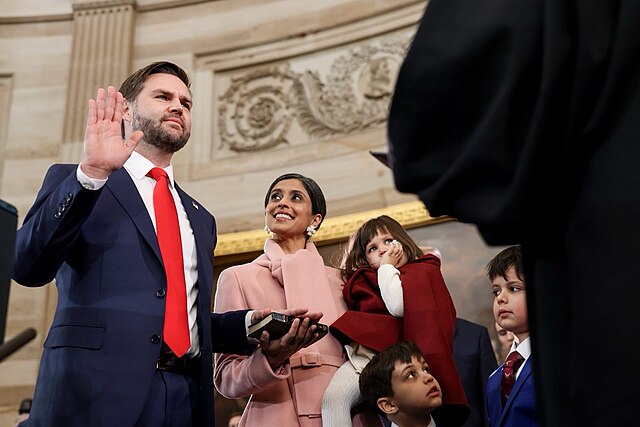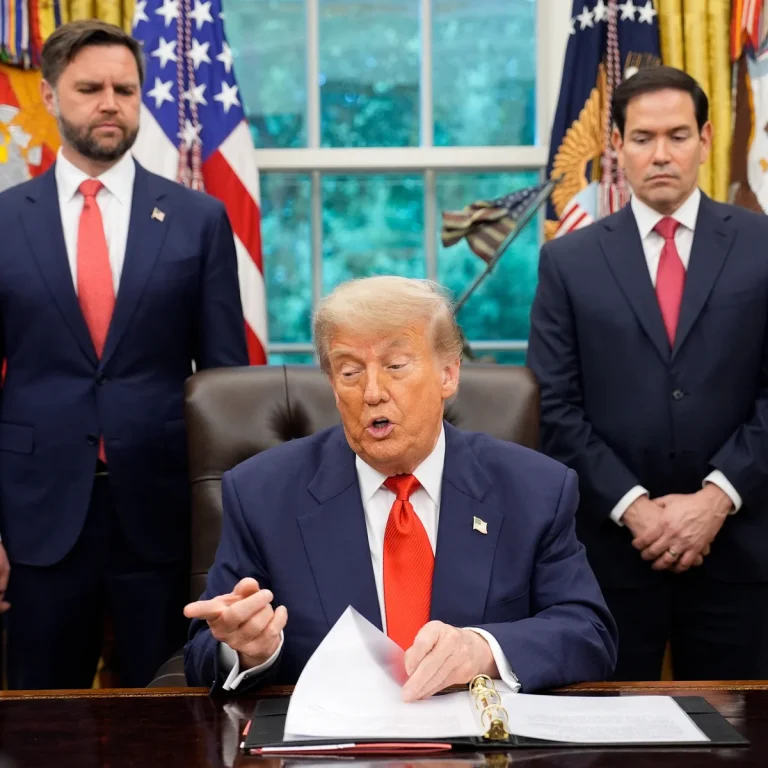Introduction: The Redistricting Debate Heats Up
In recent political discussions, Vice President J.D. Vance has brought renewed attention to the challenges facing the American electoral system. His comments have sparked widespread debate about how congressional districts are drawn and what factors influence political representation across the country.
Vance’s Call to Action
During a recent appearance on Fox News, Vance urged Republican-led states to consider bold measures in response to what he described as unfair electoral advantages held by some Democratic-controlled states. He pointed to the growing tensions surrounding redistricting efforts nationwide and the high stakes involved as states prepare for future elections.
The Controversy Over Representation
Vance highlighted concerns that the current system may not accurately reflect voters’ preferences. According to him, the way populations are counted and districts are mapped can distort electoral outcomes, leaving some voters feeling underrepresented. This issue is particularly relevant given the changing demographics and population shifts across the United States.
Focus on Congressional Apportionment
One of the central points Vance made involves the method used to determine how many congressional seats each state receives. The process, based on total population counts, has raised questions about whether all residents should be included, regardless of citizenship status. This aspect of apportionment has long been debated by lawmakers and political analysts alike.
The Role of Illegal Immigration
A major element of the discussion concerns the impact of undocumented immigrants on representation. Vance argued that including non-citizens in population totals benefits certain states disproportionately, especially those with large immigrant communities. This, he says, has influenced the balance of power in Congress.
The Political Landscape in Redistricting
Vance described how redistricting battles are becoming increasingly aggressive, with both parties seeking to protect or expand their influence. He noted recent efforts by Democrats to draw maps that favor their candidates, especially in states like California and New York. Conversely, Republicans are exploring ways to counter these moves and reclaim ground in other regions.
Texas as a Key Battleground
The state of Texas has become a focal point in this national conversation. Republican lawmakers are advancing a new redistricting plan that could shift multiple House seats in their favor. This proposal has led to dramatic protests from Texas Democrats, who have traveled to other states to delay votes and express opposition.
Potential National Consequences
The prospect of competing redistricting efforts across multiple states raises the possibility of heightened political conflict. Observers anticipate that these battles will shape the composition of Congress for years to come, influencing policy decisions and party control.
Vance’s Perspective on Republican Strategy
According to Vance, Republicans are now more prepared than ever to engage in vigorous redistricting campaigns. He pointed to the Trump administration’s influence as a catalyst for this new approach, encouraging GOP-led states to push back against what they see as unfair advantages held by their opponents.
https://twitter.com/bennyjohnson/status/1954569948157575378
Ongoing Debate on Representation Principles
The fundamental question of who should be counted in apportionment remains unresolved. Supporters of the current practice argue it ensures all communities receive representation, while critics contend it unfairly inflates the political power of states with large non-voting populations.
Looking Ahead: What’s Next?
With redistricting efforts ramping up, the coming months are expected to see intense legislative and legal struggles. Both parties will likely use every tool at their disposal to influence the political map, making this one of the most closely watched political issues in recent memory.

James Jenkins is a celebrated Pulitzer Prize-winning author whose work has reshaped the way readers think about social justice and human rights in America. Raised in Atlanta, Georgia, James grew up in a community that instilled in him both resilience and a strong sense of responsibility toward others. After studying political science and creative writing at Howard University, he worked as a journalist covering civil rights issues before dedicating himself fully to fiction. His novels are known for their sharp, empathetic portraits of marginalized communities and for weaving personal stories with broader political realities. Jenkins’s breakout novel, Shadows of Freedom, won national acclaim for its unflinching look at systemic inequality, while his more recent works explore themes of identity, resilience, and the fight for dignity in the face of oppression. Beyond his novels, James is an active public speaker, lecturing at universities and participating in nonprofit initiatives that support literacy and community empowerment. He believes that storytelling is a way to preserve history and inspire change. When not writing, James enjoys jazz music, mentoring young writers, and traveling with his family to explore cultures and stories around the world.









